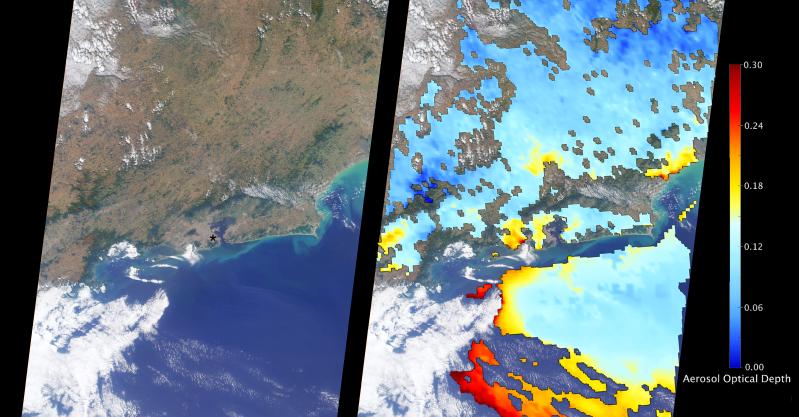NASA Image from NASA/GSFC/LaRC/JPL-Caltech, MISR Team. Originally posted on JPL’s photojournal.
Just in time for the U.S. National Park Service’s Centennial celebration on Aug. 25, NASA’s Multiangle Imaging SpectroRadiometer (MISR) instrument aboard NASA’s Terra satellite is releasing four new anaglyphs that showcase 33 of our nation’s national parks, monuments, historical sites and recreation areas in glorious 3D.
Shown in the annotated image are Lewis and Clark National Historic Park, Mt. Rainier National Park, Olympic National Park, Ebey’s Landing National Historical Reserve, San Juan Island National Historic Park, North Cascades National Park, Lake Chelan National Recreation Area, and Ross Lake National Recreation Area (also Mt. St. Helens National Volcanic Monument, administered by the U.S. Forest Service).
MISR views Earth with nine cameras pointed at different angles, giving it the unique capability to produce anaglyphs, stereoscopic images that allow the viewer to experience the landscape in three dimensions. The anaglyphs were made by combining data from MISR’s vertical-viewing and 46-degree forward-pointing camera. You will need red-blue glasses in order to experience the 3D effect; ensure you place the red lens over your left eye. The images have been rotated so that north is to the left in order to enable 3D viewing because the Terra satellite flies from north to south. All of the images are 235 miles (378 kilometers) from west to east.
View the rest of the 33 national parks, monuments, historical sites and recreation areas in these other 3 images provided by MISR.






